You are here
Reno + East Lake Tahoe Area, Nevada
Deep Creek Canyon, San Bernardino National Forest
Los Angeles Metro Area, California
Santa Barbara + Sierra Madre/San Rafael Mountains, California
Alpine Lakes Wilderness, Washington
Southern Front Range, Colorado
Willamette Foothills, Oregon
Columbia Plateau, Washington

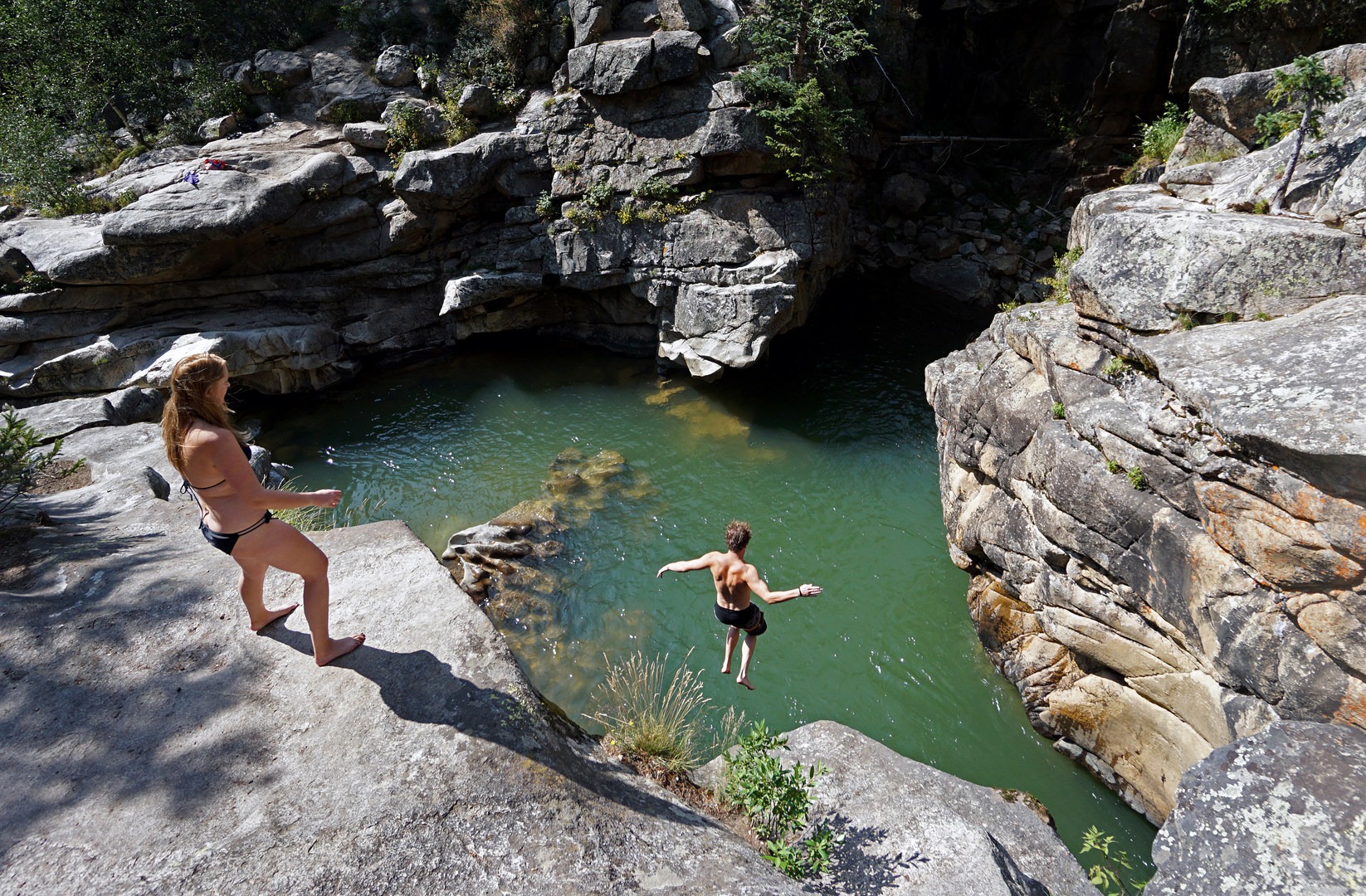
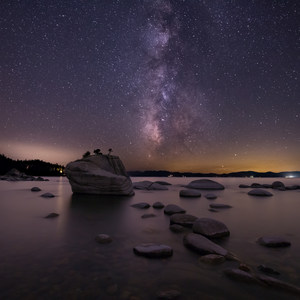
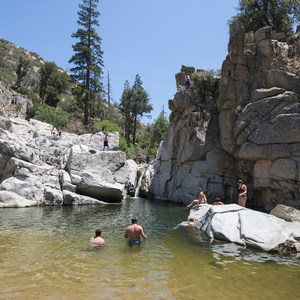

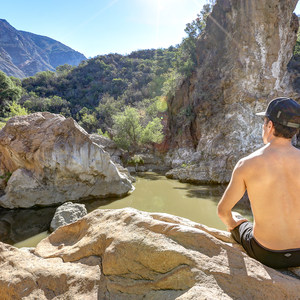
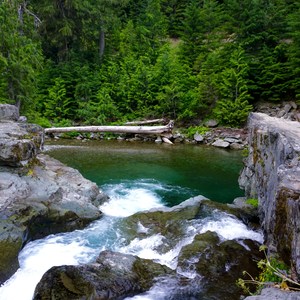
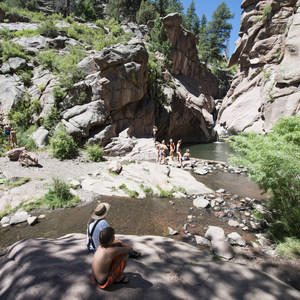
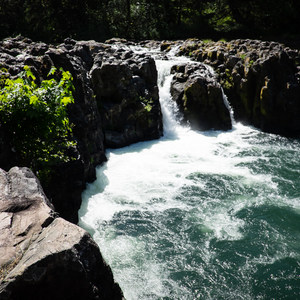
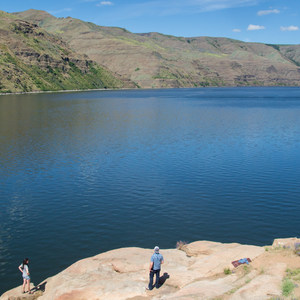



Comments
Sign In and share them.